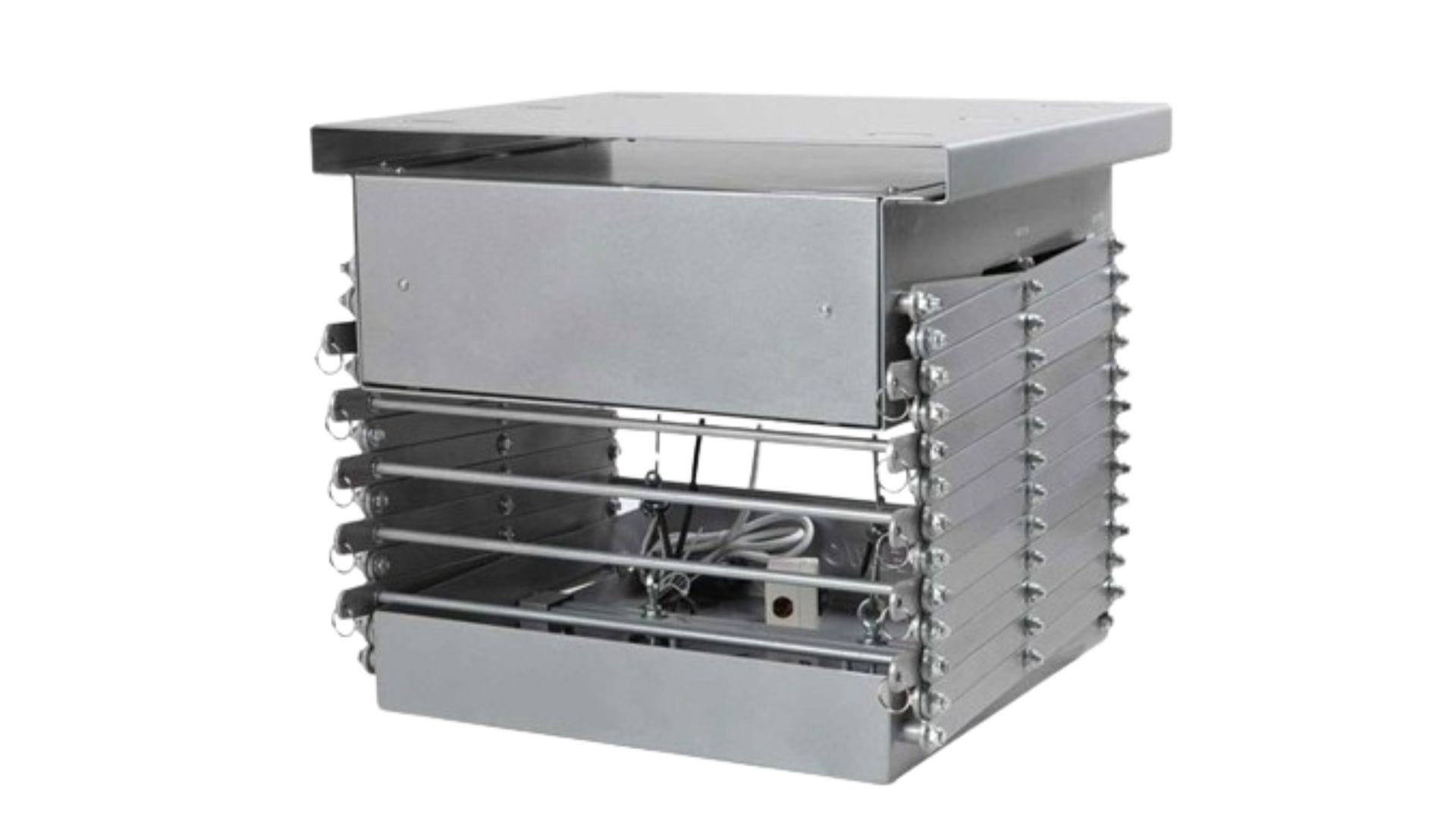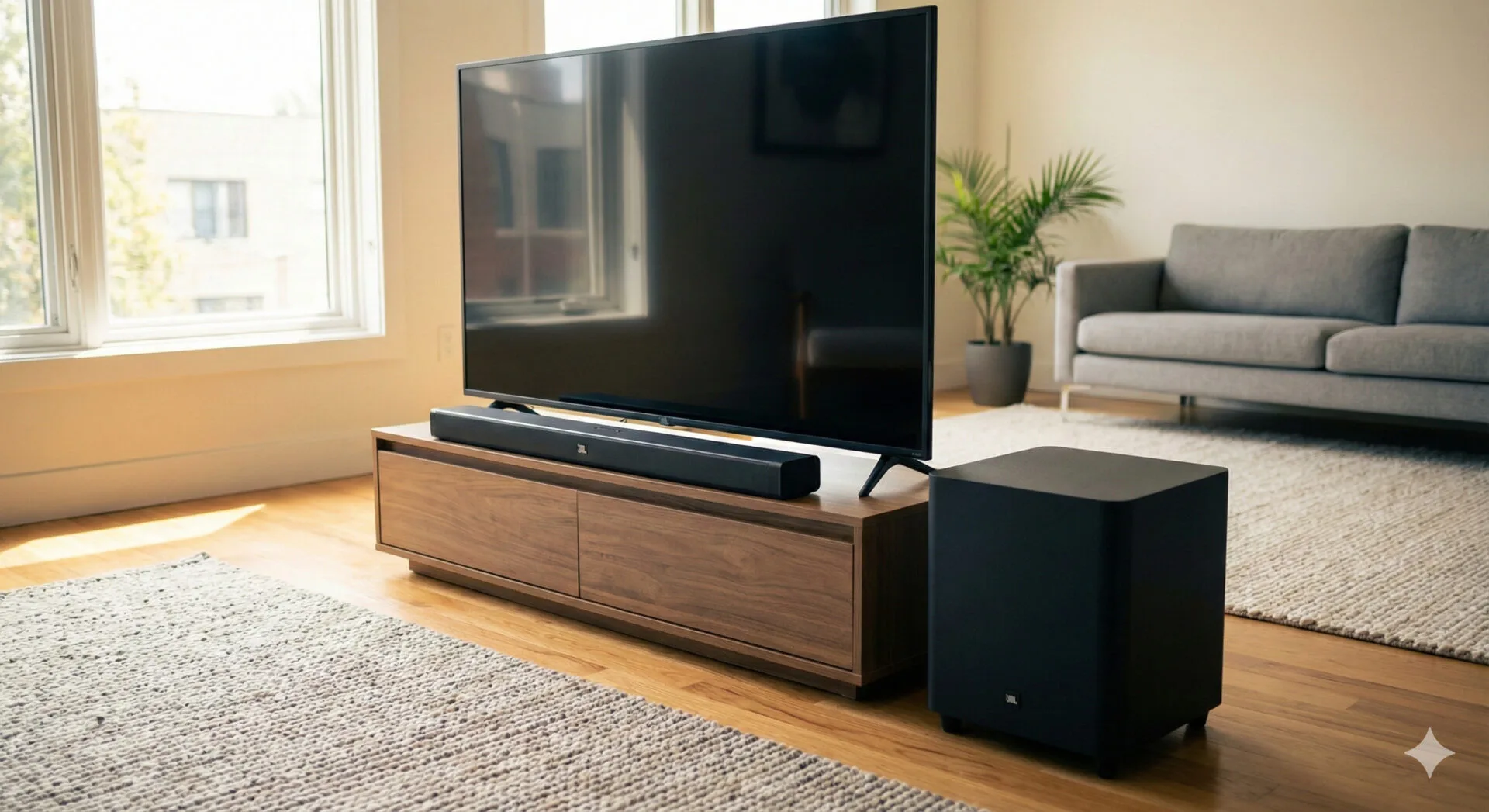In today’s AV-driven environments, the use of hidden technology is becoming increasingly popular. One such solution is the motorised projector lift—a smart, space-saving system that allows a ceiling-mounted projector to retract when not in use. Whether you’re setting up a home theatre, a boardroom, or a classroom, understanding how these lifts work can help you make the most of your space and equipment.
In this guide, we’ll cover the benefits of using a motorised projector lift, the various types available, and key installation tips to help you get started.
What Is a Projector Motorised Lift?
This is an automated device installed in the ceiling that lowers and raises a projector as needed. When not in use, the projector is tucked away, offering a clean, clutter-free look. These lifts can be controlled by a remote, wall switch, or integrated with existing AV or home automation systems.
They’re ideal for settings where aesthetics, equipment protection, and space efficiency are priorities.
Why Use One?
Aesthetically Pleasing Setup
One of the biggest advantages is how neatly the projector disappears into the ceiling. This gives the room a more refined and minimal appearance, especially important in design-conscious environments like modern offices or luxury home cinemas.
Saves Space
In rooms with limited ceiling height or where multiple devices are in use, a retractable setup prevents the projector from occupying permanent space. It also eliminates the need for bulky ceiling mounts that can be visually intrusive.
Protects Equipment
When stored in the ceiling, your projector is less exposed to dust, accidental bumps, or tampering. This protection helps extend the life of the device and reduces the frequency of maintenance or cleaning.
Simplifies Control
These lifts can be part of a broader automation system, making it easy to control multiple devices with a single command. For example, you can program your system so the projector lowers, the lights dim, and the screen descends—all at once.
Types of Projector Lifts
There are several types of lifts available, each suited for different environments and requirements.
Scissor-Type
These are commonly used in homes and offices. They feature a simple vertical movement and provide good stability, making them a practical choice for standard ceilings and mid-sized projectors.
Pantograph Style
This version uses foldable arms, allowing it to extend much farther down from the ceiling. It’s best for rooms with high ceilings, such as auditoriums or large lecture halls, where a longer drop distance is needed.
Compact or Flush-Mounted
Compact lifts are designed to fit snugly into shallow ceiling spaces and are often installed in suspended ceilings. They offer a discreet solution, particularly suited for modern interior designs that favor hidden technology.
Heavy-Duty Options
For larger projectors or longer drop requirements, heavy-duty models are built with stronger materials and motors. These are ideal for commercial spaces where powerful equipment is in use.
What to Consider Before Choosing
Choosing the right lift involves a few technical considerations to ensure performance and compatibility.
Weight and Dimensions
Not all lifts support the same weight. Before you choose a model, check the specifications of your projector and make sure the lift can handle the load comfortably, including any mounting hardware.
Ceiling Height and Required Drop
Measure from the ceiling to the desired projection level. If the room has high ceilings, you’ll need a lift that offers an extended drop length. The right drop ensures the projected image aligns perfectly with the screen.
Installation Environment
Determine what type of ceiling you have—drywall, suspended, or drop tile. Some lifts are specifically designed for certain ceiling structures, and choosing the wrong type can complicate installation.
Noise Level
If your setup is in a quiet space like a home theatre or classroom, look for a model that operates quietly. Many premium lifts are built with low-noise motors for this reason.
Control Options
Think about how you want to control the lift. Basic models use handheld remotes or wall switches. More advanced setups allow for integration with smart control systems, giving you more flexibility and convenience.
Installation Tips
Installing a lift can be straightforward, but it’s essential to follow a few best practices.
Plan Carefully
Before buying, assess the space above the ceiling to ensure there’s enough room to house the lift and projector. Also check for available power outlets nearby.
Use a Reinforced Mounting Point
Because these devices can be heavy, the ceiling must be able to support the lift and projector securely. Reinforce the structure if necessary to prevent sagging or long-term wear.
Ventilation Is Important
Projectors generate heat, so the space in the ceiling should allow for adequate air circulation. Overheating can damage the device and affect performance.
Check Alignment
Make sure the lift is installed directly in line with the screen to prevent image distortion or keystone effects. Use tools like a laser level during setup for accurate positioning.
Test Before Closing the Ceiling
Before sealing up the ceiling, test the lift multiple times to ensure it moves smoothly and quietly, and that the projector is aligned properly with the screen. It’s much easier to make adjustments before everything is sealed.
Maintenance Advice
These systems are generally low-maintenance, but you should occasionally:
Clean dust from the lift mechanism
Check for loose parts or connections
Inspect cables and moving components
Re-test the lift operation every few months
This helps ensure longevity and reliable performance.
Final Thoughts
Motorised projector lifts offer a simple but highly effective way to enhance the appearance and function of your AV setup. By hiding the projector when it’s not in use, you protect your equipment, free up space, and maintain a clean, organized environment.
With several types available—from compact models to heavy-duty designs—there’s an option for almost every room and projector setup. Taking the time to evaluate your needs and understand the installation process will ensure a smooth experience and long-term satisfaction.
Frequently Asked Questions
Do I need a professional to install it?
While some models are DIY-friendly, most ceiling installations benefit from a qualified technician—especially if electrical work or system integration is involved.
Will it work with any projector?
Most models are compatible with a range of projector sizes, but always check the lift’s weight and dimension limits before buying.
Can I connect it to my smart home system?
Yes, many models are designed to work with automation platforms, allowing full integration with other devices.






Leave a Reply